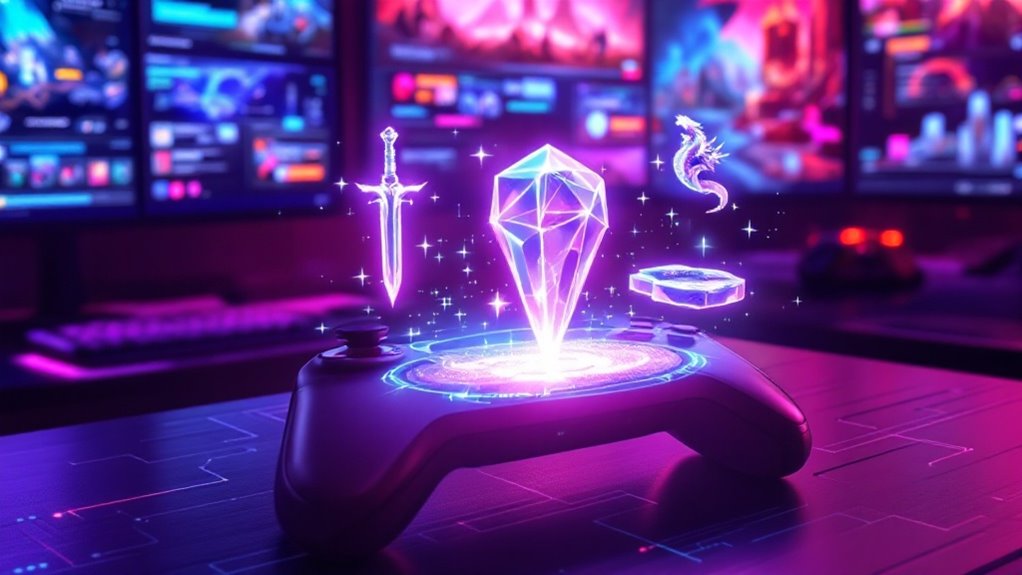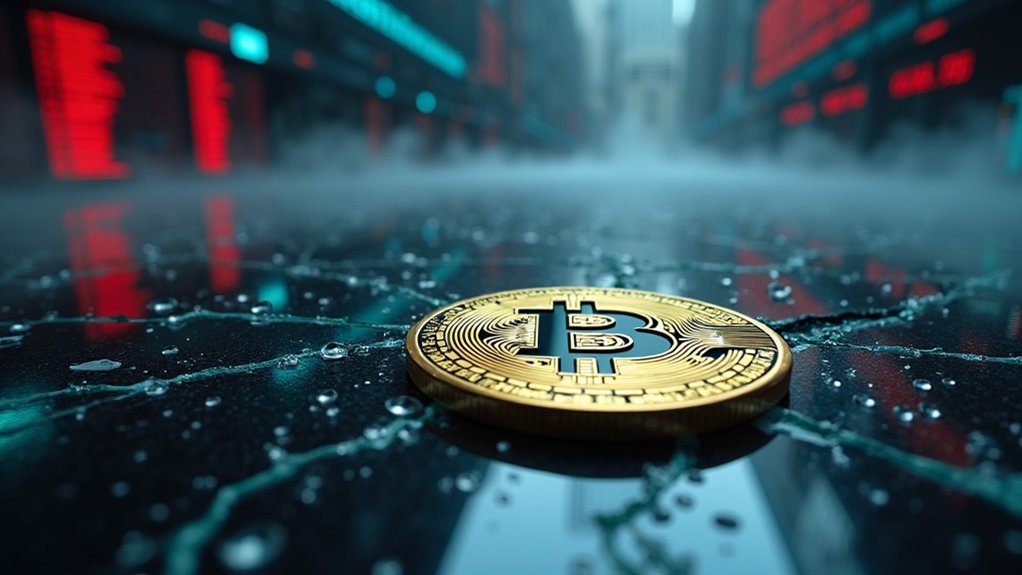Creating NFTs begins with choosing the right blockchain network and digital wallet – popular options include Ethereum with MetaMask or Solana with Phantom. Artists then prepare their digital artwork, whether it's a striking image, animation, or multimedia piece, before selecting a marketplace like OpenSea or Foundation to mint their creation. Smart pricing strategies and active community engagement through social media help build momentum. The journey from concept to successful NFT sale reveals an exciting world of possibilities.

In a digital world where art meets technology, creating NFTs has emerged as an exciting frontier for artists, collectors, and entrepreneurs alike. The journey begins with selecting the right blockchain network, much like choosing the perfect canvas for a masterpiece. While Ethereum stands as the grand dame of NFT platforms, newcomers might find themselves drawn to Solana's swift transactions or Polygon's cost-effective approach. Non-fungible tokens cannot be divided or duplicated, ensuring each creation remains unique.
The digital marketplace landscape sparkles with possibilities, each platform offering its unique flavor. OpenSea flows like a vast ocean of digital treasures, while curated spaces like Foundation feel more like exclusive galleries where digital art commands premium prices. Artists must navigate these waters carefully, matching their creative vision with the right venue. Strong educational resources help newcomers understand the intricacies of NFT creation and trading. The smart contracts embedded in these platforms automate ownership transfers and ensure secure transactions.
Setting up a crypto wallet serves as the digital equivalent of establishing a secure vault. MetaMask has become the trusted companion for many, while Phantom opens doors to Solana's bustling ecosystem. Like choosing between a leather wallet and a titanium money clip, each option carries its own blend of convenience and security.
Your crypto wallet choice shapes your NFT journey, just as a physical wallet reflects your lifestyle and security preferences.
The creative process remains the heart of NFT creation. Artists paint with pixels, sculpt with code, and compose with clicks, crafting unique digital assets that range from simple JPEGs to complex multimedia experiences. The key lies in striking a balance between artistic vision and technical optimization, ensuring each piece shines in the digital gallery.
Minting an NFT transforms art into a blockchain-verified asset, like pressing a rare vinyl record but with code instead of grooves. Smart creators leverage lazy minting to dodge upfront costs, while carefully considering royalty structures that could yield returns for years to come.
Pricing these digital treasures requires a delicate dance between market awareness and artistic value. Some creators opt for straightforward fixed prices, while others embrace the drama of auctions. Success often springs from a blend of strategic pricing and authentic community engagement, as artists weave their stories through social media, Discord channels, and virtual events.
In this brave new world of digital ownership, the art of creating NFTs continues to evolve, painting fresh possibilities on the canvas of tomorrow.
Frequently Asked Questions
Can I Sell My NFT Art if I Used Copyrighted Images?
Selling NFTs using copyrighted images without permission is illegal and risks legal action. The original creator retains copyright ownership, and NFT sellers must obtain proper licenses or create original artwork instead.
How Much Money Do I Need to Start Minting NFTS?
Initial NFT minting costs typically range from $50-$500, including cryptocurrency purchase and platform fees. Using platforms with lazy minting or cheaper blockchains like Solana can reduce upfront expenses considerably.
Which NFT Marketplace Has the Lowest Gas Fees?
Solana-based marketplaces like Magic Eden and Solanart offer the lowest gas fees at approximately $0.00020-$0.00030 per transaction. Binance NFT also provides competitive rates with minimal fees on Binance Smart Chain.
What Happens to My NFT if the Marketplace Platform Shuts Down?
NFTs remain securely on the blockchain even if marketplaces shut down. While ownership records persist, the NFT's value and utility may decrease. Assets can be transferred to other platforms or stored in self-custodial wallets.
Do I Need Programming Skills to Create and Sell NFTS?
Programming skills are not required to create and sell NFTs. Modern no-code platforms like NFT-Inator and NiftyKit allow anyone to mint and list NFTs using simple user interfaces and automated tools.









